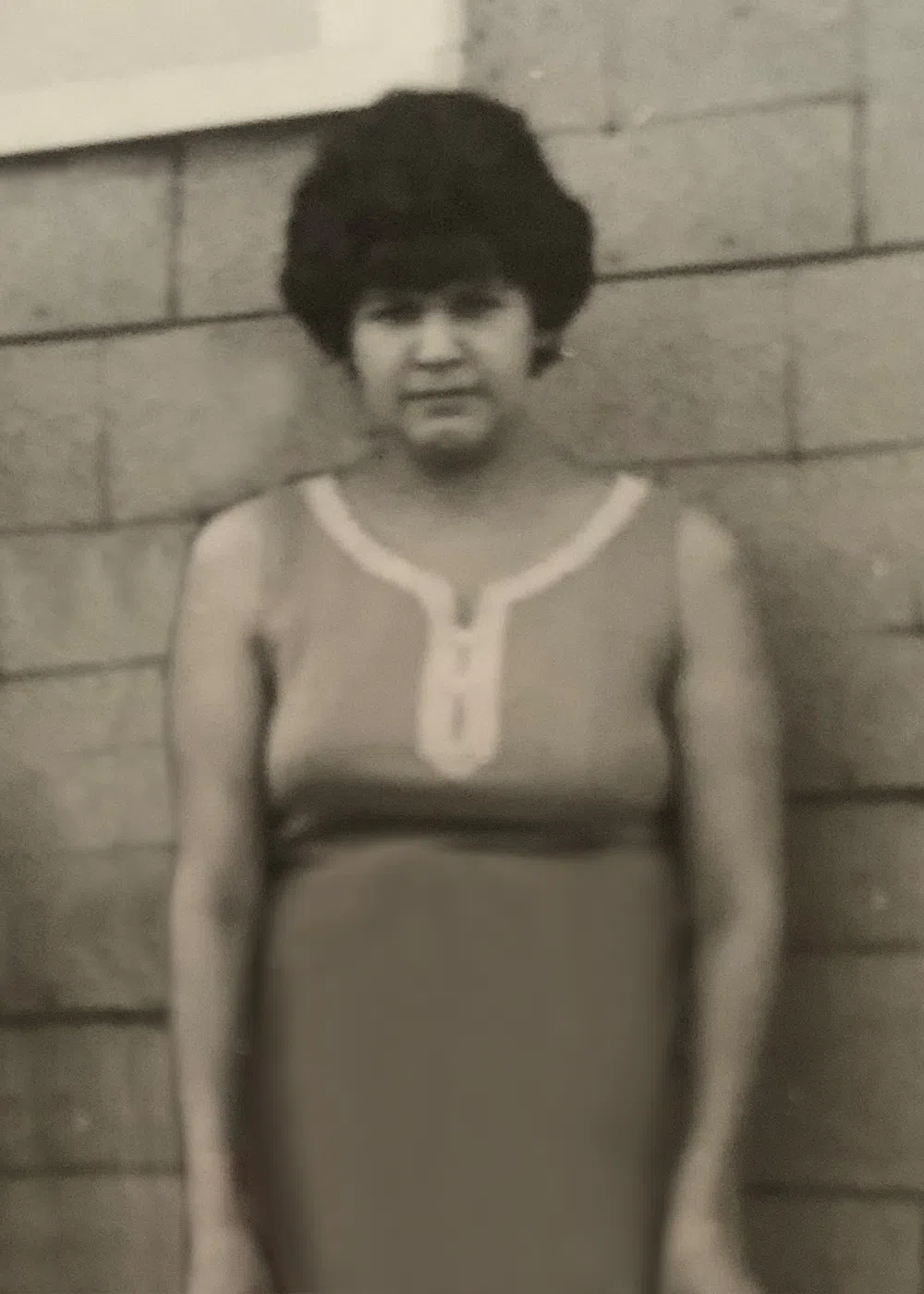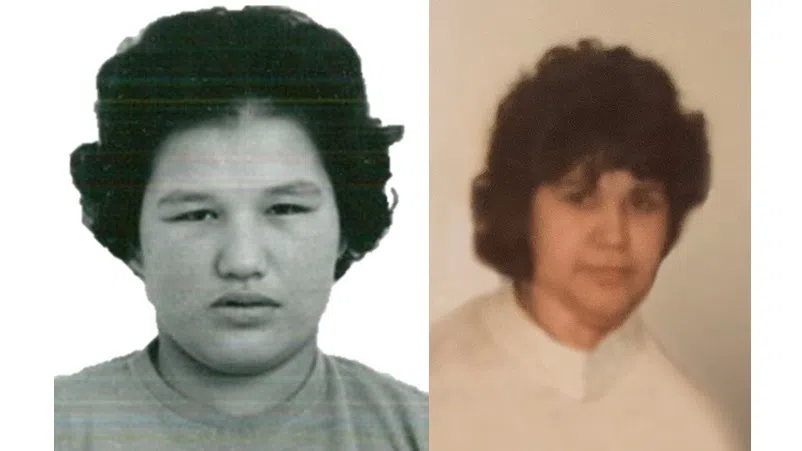DNA technology has identified the remains of two Indigenous women found deceased in the 1970s, including one woman who was reported missing from Drayton Valley over 50 years ago.
On Jul. 30, 1975, police say an unidentified female was found dead in the North Saskatchewan River. An autopsy determined the woman drowned several days prior to the discovery of her body, and her death was not deemed suspicious. Police say investigative techniques of the time, which did not include DNA analysis, were unable to identify her. She was buried in an Edmonton cemetery.
On Jun. 11, 1976, police say an unidentified female died outside an Edmonton address. An autopsy determined the woman’s death was due to medical causes, and was not deemed suspicious. Again, investigators were unable to identify the deceased, and she was buried in an Edmonton cemetery.
In August of 2023, officials say the EPS Missing Persons Unit partnered with the RCMP’s National Centre for Missing Persons and Unidentified Remains and the Office of the Chief Medical Examiner on Project Match, a review of all EPS’ historical unidentified human remains investigations. Police say these two files were identified as the first to be examined thanks to support from the Institute for the Advancement of Aboriginal Women (IAAW) and the City of Edmonton’s Indigenous Relations Office.
As DNA samples were not collected in the 1970s, police say the only way to obtain DNA for testing was to exhume the remains. On Sep. 27, 2023 and Oct. 4, 2023, with the oversight of two Elders to perform sacred ceremonies, the bodies were exhumed from the two Edmonton cemeteries where they had been buried nearly 50 years ago. Officials say the Office of the Chief Medical Examiner and an external forensic anthropologist then reviewed the full reports from the initial autopsies, reexamined the remains and collected samples containing DNA, which the EPS sent for forensic testing, DNA extraction and comparison analysis.
According to the Medical Examiner, the woman who was found in 1975 was identified as Louise Laderoute. She would have been 24 at the time of her death. A member of the Papaschase First Nation, she was reported missing from Edmonton.
According to the Medical Examiner, the woman found in 1976 was identified as Irene Jacknife, reported missing from Drayton Valley. Police say Jacknife would have been 30 at the time of her death. Both women were identified through DNA matches with familial samples submitted to the RCMP National DNA Data Bank.

Irene Jacknife (EPS)
“Unsolved human remains cases leave behind families experiencing years, sometimes a lifetime, of ambiguous loss, grief and trauma” says Det. Kevin Harrison, with the EPS Historical Crimes Unit. “That’s why, together with the Office of the Chief Medical Examiner, we are working to apply today’s technology and investigative lens to these files to help bring some sense of resolution to the grieving families.”
“On behalf of the Alberta RCMP, I offer my heartfelt condolences to the families and hope that you can now have some comfort,” said Inspector Breanne Brown, who oversees the RCMP Historical Homicide and Missing Persons Units. “We are always reviewing historical missing and murdered persons investigations to understand whether a new forensic technique, or investigative avenue, can be explored. We never stop looking for loved ones who have been lost.”
“In addition to determining the cause and manner of death of an individual who has died suddenly and without explanation in Alberta, the Office of the Chief Medical Examiner has a duty under the Fatality Inquiries Act to also establish their identity,” says Dr. Akmal Coetzee-Khan, Chief Medical Examiner. “At the request of and in partnership with the Institute for the Advancement of Aboriginal Women and the Edmonton Police Service, my office was able to support the exhumation and investigation efforts. As the cases fell under the legal scope of my office, we were able to collaborate with the Edmonton Police Service, the Institute for the Advancement of Aboriginal Women, and the RCMP National Centre for Missing Persons and Unidentified Remains to use new technologies to help identify the two deceased, whose cases had remained active investigations for the police and my office since the 1970s.”
The EPS Missing Persons Unit says it currently has 20 unsolved unidentified human remains files dating back to 1979. Officials say Project Match will continue to review these files with support from the RCMP National Centre for Missing Persons and Unidentified Remains and the Office of the Chief Medical Examiner.
EPS has provided the list below of everyone who spoke at a news conference in Edmonton, Feb. 23, 2024:
- Elder Fred Campion
- Chief Dale McFee, Edmonton Police Service
- Grand Chief Arthur Noskey, Treaty 8 First Nations of Alberta
- Inspector Colin Derksen, EPS Major Crimes Branch
- Kari Thomason, EPS Missing Persons Indigenous Navigator
- President Josie Nepinak, Institute for the Advancement of Aboriginal Women (IAAW)
- Chief Calvin Bruneau, Papaschase First Nation
- Chief Greg Desjarlais, Frog Lake First Nation
- Inspector Breanne Brown, RCMP Historical Homicide and Missing Persons Unit
- Dr. Akmal Coetzee-Khan, Chief Medical Examiner, Ministry of Justice
- Acting Staff Sergeant Kevin Harrison, EPS Historical Crimes Section










Comments